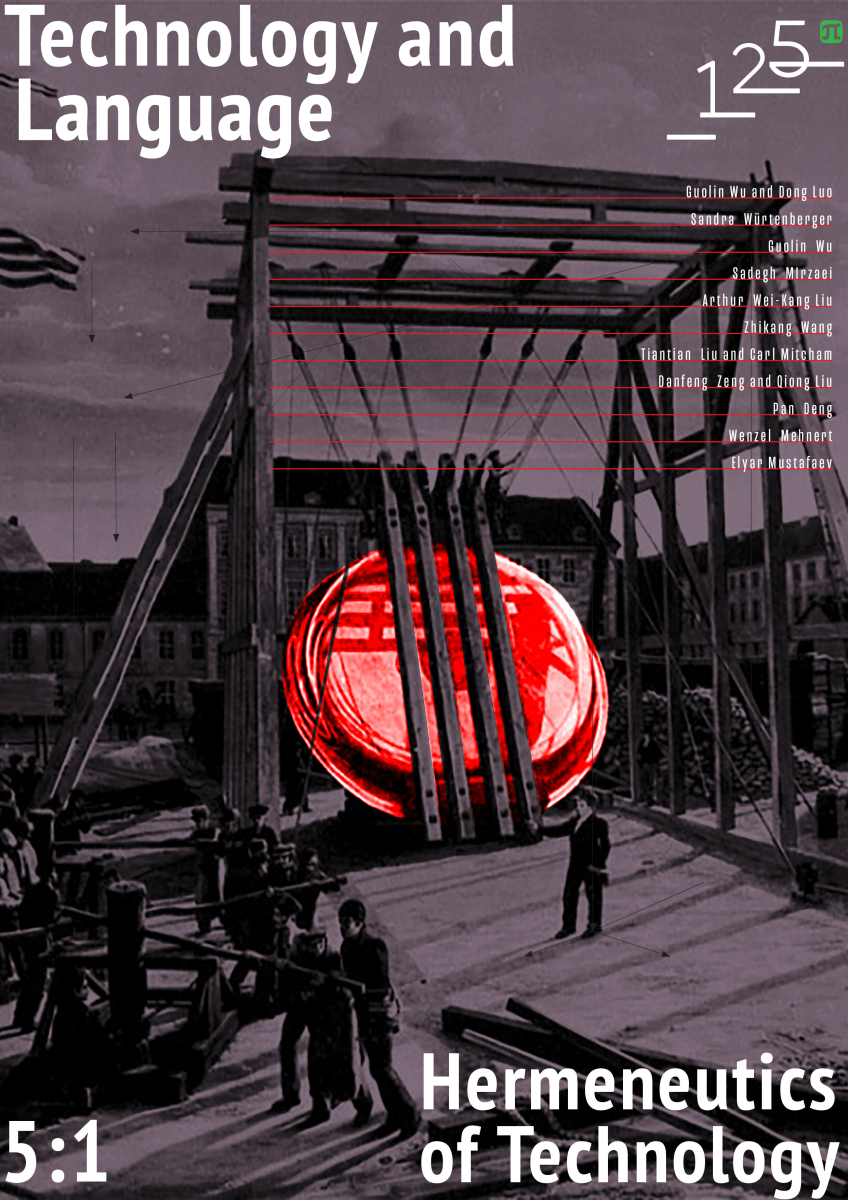Sign Systems and Technologies in Forensic Science
The problem of forming a terminological apparatus, the ratio of natural and artificial languages in Forensic Science are extremely important. Language as a system of means of expressing and transmitting information about material and ideal objects and phenomena in forensic science is not sufficiently researched but has recently received much attention in scientific literature. The collected papers study the verbal means of expression - the development and clarification of the conceptual apparatus, the formation of compound terms, or the use of abbreviations. Also, the emergence of new terms is reconstructed, and possible directions of activity are proposed to adapt the language of the forensic expert to the purposes of the judicial process. The interest in non-verbal sign-systems is equally strong, starting with the „electronic tongue,“ which permits the visual representation of the composition of microscopic quantities of substances for criminological purposes. There are discussions also of photographs and portraits as a set of visual signs, of face-recognition as a sign identification system, of holograms, graphics, models. The means of expression in forensic science are constantly changing, which is due to the rapid development of science and technology, changes in technologies used by experts and investigators in the performance of procedural actions. Forensic technologies are becoming more complicated, responding to the challenges of the present age by borrowing major achievements from other sciences in the process of solving and investigating crimes. The use of new technologies leads to the development of forensic capabilities in the investigation and disclosure and linguistic representation of crime.



